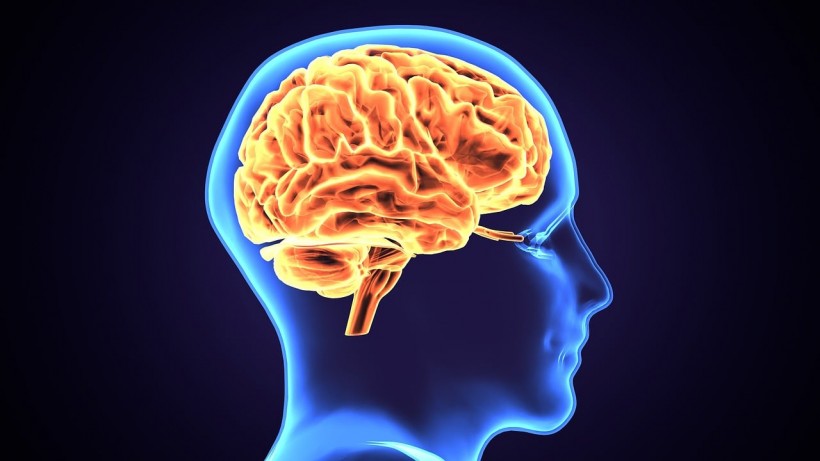Challenging Misconceptions: A new archive of ancient human brains sheds light on soft tissue preservation

March 19, 2024
The credibility of the content in this article has been ensured through Science X's editorial process and policies. Editors have recognized the following attributes:
- Fact-checked
- Trusted source
- Proofread
By the University of Oxford
The preservation of soft tissue in the geological record is typically rare, particularly for entire organs, without deliberate intervention like embalming or freezing. The spontaneous preservation of the brain without other soft tissues, essentially survival amongst skeletonized remnants, has been typically perceived as an extraordinary phenomenon.
A new research conducted by postgraduate researcher Alexandra Morton-Hayward, and others, from the Earth Sciences Department at the University of Oxford, has challenged the belief that brain preservation in archaeological record is rare.
The researchers compiled an archive of preserved human brains, revealing higher abundance of nerve tissue preservation than customarily assumed, thanks to conditions that obstruct decay. The global archive, encompassing source material translated from over a dozen languages, is the most comprehensive archaeological literature review till date, outdoing the previous record of cataloged brains by twenty times.
Their work, published in the Proceedings of the Royal Society B, amasses records of over 4,000 preserved brains from 200+ sources over six continents, excluding Antarctica.
These brains, some dating back 12,000 years, were found in records from the mid-17th century. A worldwide search, spanning literature reviews and inquiries with historians, revealed an array of archaeological sites with preserved human brains ranging from a Stone Age Swedish lakebed to an Iranian salt mine operational around 500 BC, and mountain peaks of South American volcanoes during the apex of the Incan Empire.
The preserved tissues belonged to diverse individuals, including Egyptian and Korean royalty, British and Danish monks, Arctic explorers, and war victims.
Co-author Professor Erin Saupe commented on the diversity of climates within which brain preservation occurred, ranging from the high Arctic to deserts.
Each brain in the database was coupled with historical climate data from its corresponding region to understand spatial and temporal patterns. Considerations include dehydration, freezing, saponification, and tanning.
Over 1,300 were single organ survivals, leadings to questions about brain preservation despite the perishability of other organs. These also include the oldest brains in the archive dating back to the last Ice Age.
Though the preservation method for the oldest brains remains unclear, fusion of proteins and lipids with iron, copper, or similar elements are considered feasible by the research team.
Morton-Hayward, the lead study author, brought up the contradiction between the forensic knowledge of the brain being one of the earliest organs to decompose after death and their significant repository of preserved ancient brains. This discrepancy and the resultant discovery of various preserved ancient biomolecules has excited the team for future exploration.
Co-author Dr. Ross Anderson highlighted the opportunity for the archived brains in providing insights into the evolution of our species and potential role of ancient diseases.
Notwithstanding the availability of a greater range of information from soft tissues versus hard, less than 1% of the 4,400 brains described in the study have been analyzed for ancient biomolecules. The immense unexplored data may unlock understanding of ancient health and disease, human cognition and behavioral evolution.
Provided by University of Oxford




